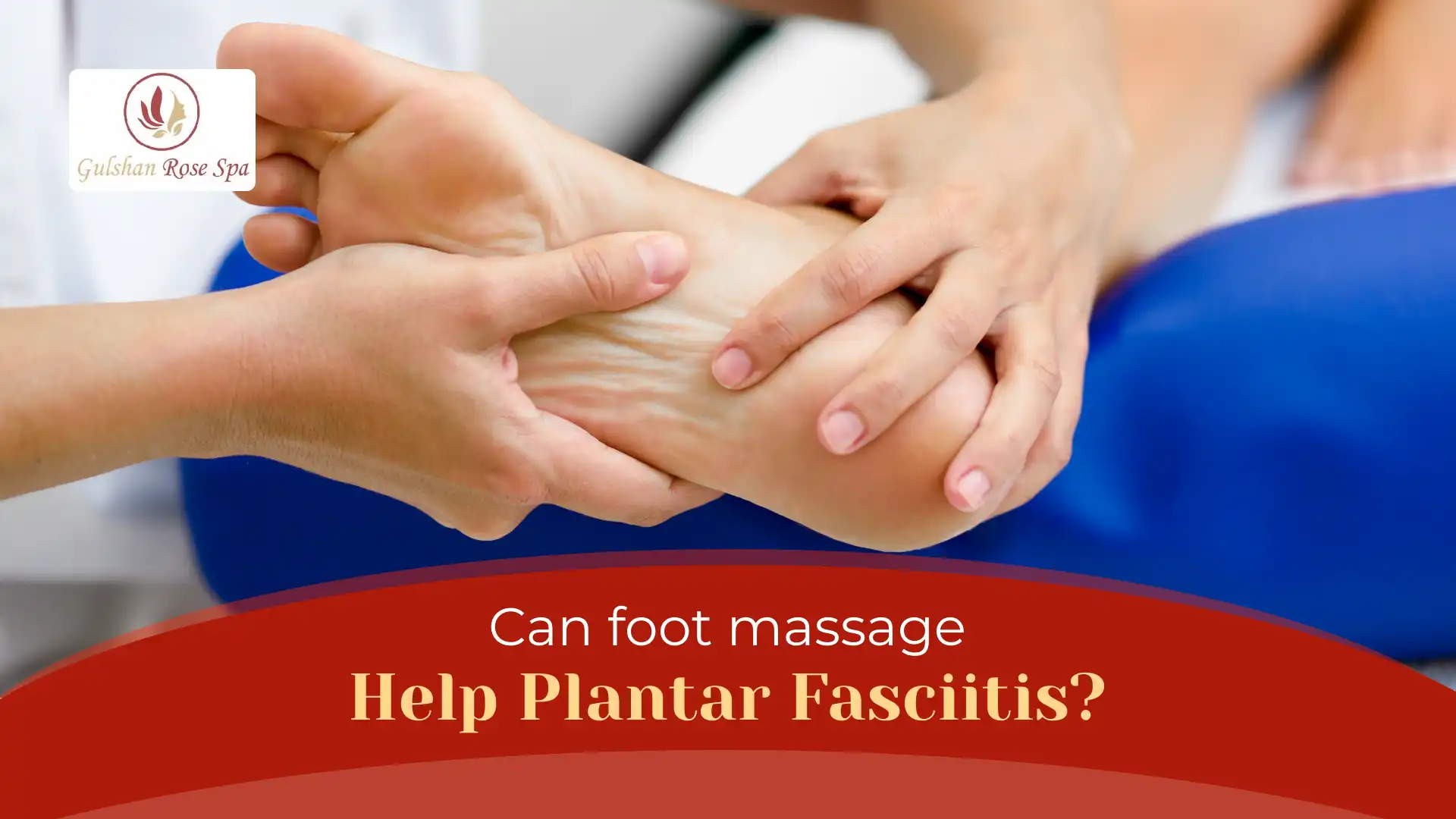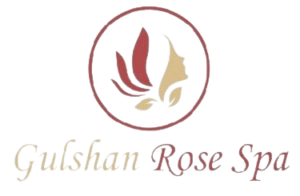Are you tired of battling heel pain or searching for the answer to the question, “Can foot massage help plantar fasciitis?” If so, you are not alone. Relax; we are here to assist you in providing the truth.
Every year, a large number of people experience plantar fasciitis (a type of chronic heel pain). These conditions make the simplest activities unbearable and develop quickly, caused by microtears and excessive strain on the plantar fascia. Most of the time, it resolves itself, but sometimes it requires a foot massage to ease the pain and reduce inflammation. But there are so many foot massage options, so determining which is best for you is difficult.

Therefore, today we will discuss are foot massages good for plantar fasciitis and its causes and symptoms. Also, share information about which foot massages are best for plantar fasciitis. So read on to learn more about common foot complaints with Gulshan Rose Spa Center.
Understanding The Plantar Fasciitis
Plantar fasciitis, also known as painful heel syndrome and heel spur syndrome, is the most common cause of pain in the foot’s heel. It develops when you overuse your tiny tears and stretch too much of the plantar fascia (a sturdy band of connective tissue). Thus, the resulting cascade swells.
As a result, the swelling causes inflammation and pain during your walk. This condition typically affects runners and those who have flat feet, are overweight or have high arches.
In addition, middle-aged individuals tend to experience this condition more frequently. Because they experience a decline in tissue elasticity as they age.
What causes plantar fasciitis?
Usually, one single cause cannot produce painful heel syndrome; there are many reasons! These reasons can shape an individual’s likelihood of developing the condition. Understanding the different causes of foot pain is important for those seeking effective foot treatment. These include:
-
Strain & Overuse
In most cases, this pain is caused by strains and overuse. Performing high-impact activities, such as dancing, running, or standing for long times, can quickly damage the plantar fascia. Usually, this thick band of tissue courses along the bottom of the foot, joining between the heel and the toes.
-
Age
Between the ages of 40 and 60, the plantar fascia can lose elasticity and strength. Years of activity have a cumulative effect on foot health. The effects of natural abuse and misuse can make older adults more prone to pain.
-
Foot Shape
There is a major role played by an individual’s foot structure in the cause of plantar fasciitis. People with flat feet or tall arches may experience an imbalance in weight distribution. As a result, it increases tension on the plantar fascia and causes this pain.
-
Unsupportive Footwear
Wearing unsupportive shoes or cushioning can particularly increase the risk of painful heel syndrome. High heels, worn-out shoes, or flip-flops may not offer sufficient arch support. So selecting shoes that offer great stability and comfortability is good for the foot.
-
Obesity
Excessive weight places extra stress on the feet and might result in increased strain on the heel and arch. Resulting in inflammation and pain. Therefore, maintaining a healthy weight is very important for reducing this risk.
In summary, a recent survey proved that women are more likely to experience this discomfort than men. Because women may carry specific risk factors for the condition, such as pregnancies and the use of high, unsupportive heels.
What are the most common symptoms of plantar fasciitis?
Massage foot for plantar fasciitis is the best treatment for those suffering from a lot of symptoms. Yet, how can you notice which signs have a connection with this condition? This section is specifically designed to help you identify whether you are suffering from this condition or not.
-
Heel Pain
A lot of patients with this condition experience pain in the plantar fascia area and a tendency to focus on the heel. This symptom occurs in the morning or during periods of inactivity.
-
Arch Discomfort
As well as radiating along the arch of the foot, it can cause discomfort when walking or standing.
-
Swelling
Long periods of standing can lead to this pain, which also causes mild swelling around the heel or arch.
-
Numbness
Although it is not a common symptom, it can also lead to inflammation. People sometimes mistake numbness in the foot for other conditions.
In addition, the pain typically manifests suddenly when a step is missed. Moreover, it tends to be the worst when you get up in the morning and other inactivity periods. As a result, it is known as first-step pain. Furthermore, the pain appears to be more intense in bare feet. So if you are thinking about foot massage as a treatment option, understanding how these signs impact plantar fascia is crucial. This can assist you to focus on your target and decrease pain and stiffness.
Can foot massage help plantar fasciitis? Does it work?
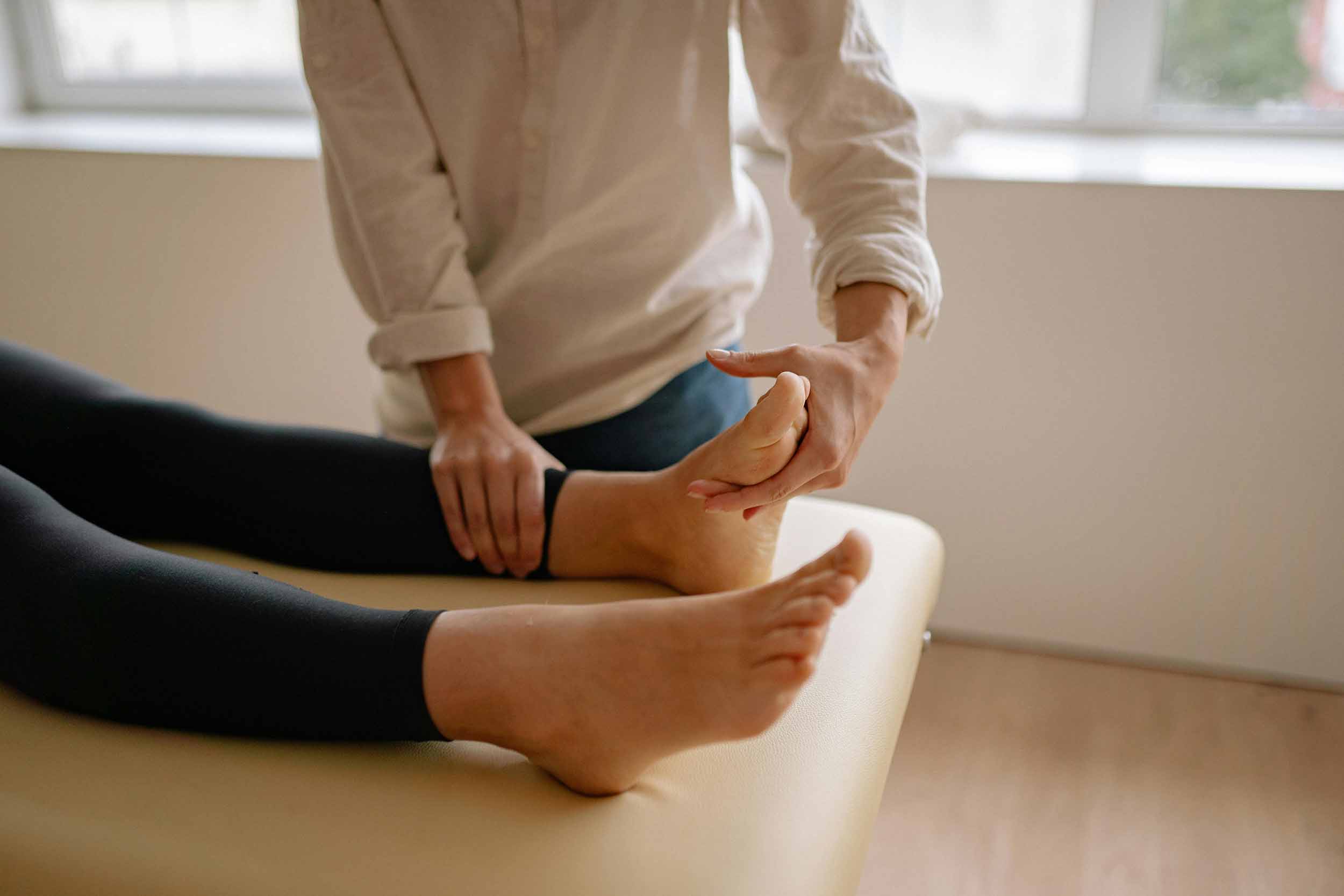
Yes, foot massages are good for plantar fasciitis, and they work. Recent research indicates that individuals who experience this pain seem to recover more quickly when they receive foot massage for plantar fasciitis treatment.
This massage not only helps helios loosen the plantar fascia, but it also breaks down scar tissue and tight muscles in the legs. Moreover, it can aid in pain relief and enhance an individual’s overall range of motion.
In addition, according to the experts, foot massage is most effective for plantar fasciitis if you apply it in conjunction with other treatments, including exercise and stretching. But it is important to remember that if you do not use the right method, you cannot get any good results.
Therefore, it’s crucial to understand the correct technique for massaging your feet. Also identify the appropriate timing, the mistakes that can occur, and the techniques for massaging the foot to alleviate heel spur syndrome.
Benefits of Foot Massage for Plantar Fasciitis
Foot massage is typically a natural and effortless treatment option that does not create any bad side effects. Besides, it provides numerous benefits for those who experience heel pain.
In current research, it is proven that foot massage for plantar fasciitis is significantly more effective compared to a protocol involving ultrasound and stretching.
A wide variety of theoretical approaches target foot massage techniques that can relieve pain generated by this pain. So let’s take a closer look at the key advantages of foot massage for plantar fasciitis.
-
Improves Blood Circulation
Using gentle compression and skin manipulation increases blood flow to the plantar fascia and its surrounding tissues. The resulting increase in local circulation promotes greater delivery of oxygen and nutrients. It also aids in tissue regeneration and facilitates recovery.
-
Reduces Inflammation
Massage, which involves manually manipulating tissues, is believed to promote lymphatic drainage and decrease oedema in inflamed areas of the plantar fascia. The improved circulation also aids in the removal of inflammatory byproducts.
-
Relaxes Muscles and Trigger Points
By applying pressure, foot massage therapy targets connective tissue trigger points in the feet and calves. This effectively releases overactive muscle knots that add strain to the plantar fascia.
-
Improve The Range Of Motion
By releasing muscle tension and breaking down scar tissue along the connected kinetic chain, individuals who use their feet daily can achieve flexibility and mobility. This reduces mechanical strain on the delicate plantar fascia.
-
Relief Pain
This massage technique is widely known for its ability to stimulate the body’s natural painkillers known as endorphins. Additionally, it offers momentary relief from the pain, which could ultimately lead to a reduction in pain levels.
-
Better Sleep
The process of treating heel pain involves healing the whole body. After receiving a massage, the levels of cortisol, a stress hormone in the body, decrease significantly. This lowers the likelihood of gaining weight, experiencing headaches in the digestive system, and experiencing disturbances in sleep patterns.
Which types of foot massage help plantar fasciitis effectively?
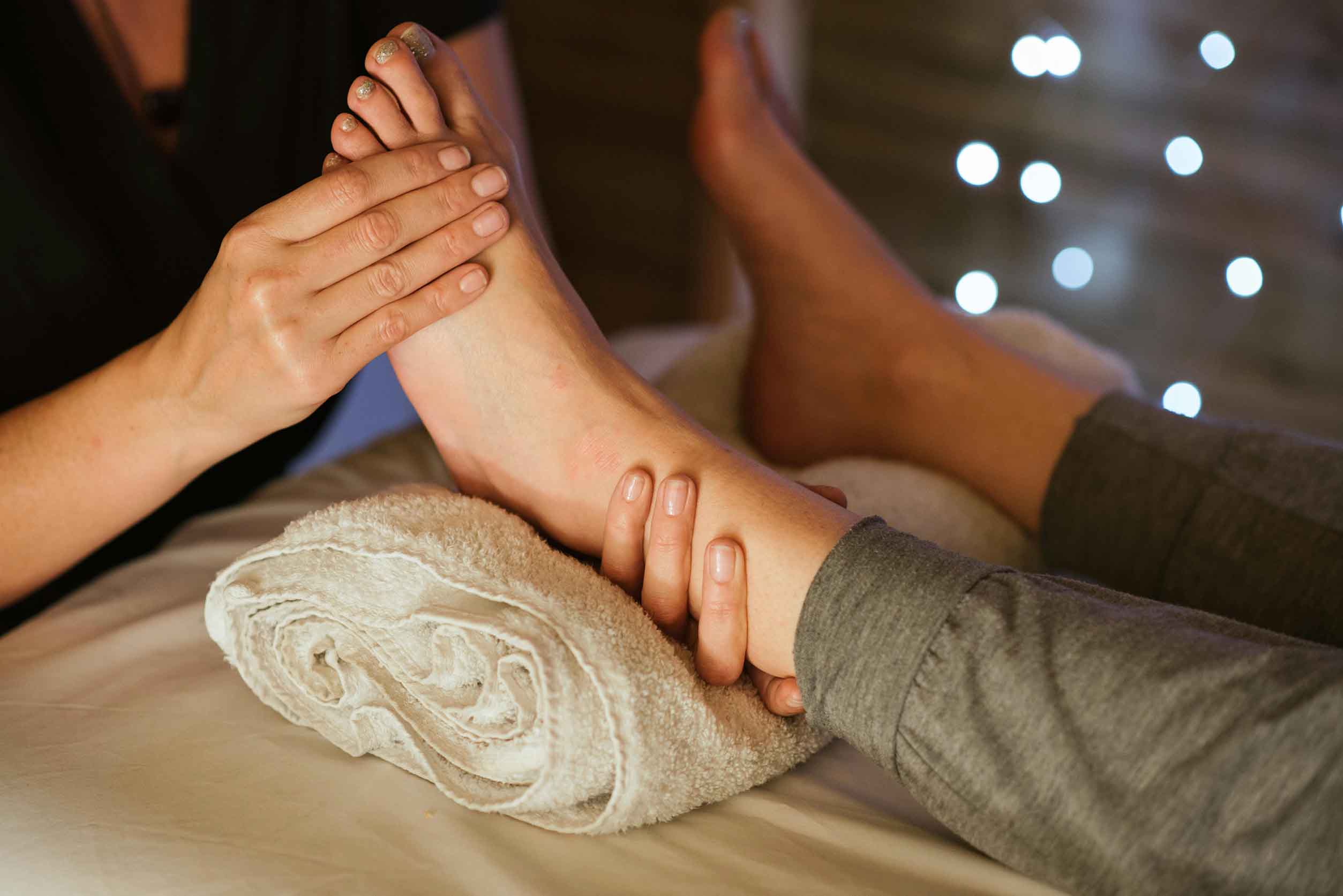
If you’re wondering whether “are foot massages good for plantar fasciitis”? As we mentioned above, the answer is yes. However, understanding which foot massage technique is effective for this pain is critical. Below, we discuss the various effective methods and techniques to choose from.
-
Deep-tissue Massage
Deep tissue foot massage for plantar fasciitis is one of the most effective techniques to help plantar fasciosis. It includes using firm pressure on the affected area to release tension. Whether this deep tissue massage technique can be intense, it delivers deep relief for this pain.
-
Trigger Point Therapy
Trigger points foot massage for plantar fasciitis focuses on tight spots in muscles that may cause pain. In this case, a professional massage therapist can identify and focus on particular trigger points in the foot, which cause discomfort. Consequently, the therapist releases tension and reduces pain.
-
Reflexology
For heel pain syndrome, reflexology foot massage for plantar fasciitis is based on the belief that specific areas of the foot correspond to different parts of the body. Also, restore balance and healing by applying massage to these organs.
-
Cross-Fibre Massage
The technique involves applying pressure across the fibers of the muscles and tendons. Ultimately, this cross-fiber massage can help break down scar tissue. Additionally, it enhances the flexibility of the plant fascia region.
Professional foot massage helps plantar fasciitis
If you would prefer to seek expert aid, there is a wide variety of foot therapeutic massages specially built to target heel spur syndrome. Below, we will discuss some of the most popular choices for handling plantar fasciitis.
-
Sports Massage
There are many conditions and injuries that sports massage therapists are trained to identify. They also offer deep tissue massage, employing stretching techniques to alleviate pain and accelerate the healing process.
-
Thai Toot Massages
Thai massage for feet, which combines reflexology, acupressure, and stretching, focuses on stimulating energy lines in the feet. Also, provide relief for plantar fasciosis.
-
Shiatsu Massage
This traditional Japanese massage therapy targets specific pressure points on the body and feet to promote pain relief and enhance overall well-being.
Self-massage techniques for plantar fasciitis
To relieve plantar fasciitis pain, there are a variety of self-massage methods you can try at home. Here are some effective self-foot massages that can help with plantar fasciosis:
-
Rolling
In this method, apply a frozen water bottle or a tennis ball and roll it under your foot. Then, apply gentle pressure. This can help to stretch the plantar fascia and provide comfort.
-
Arch
A golf ball can be used to massage your foot’s arch by rolling it back and forth. It can help to decrease pain and release Stress.
-
Toe Stretching
Using your hands, gently stretch your toes to bring them closer to your skin. This provides strength and relieves the pain.
-
Heel of hand
Using this method, sit down and place one foot where it is easily reachable. Then use your hand’s heel to push down on your foot’s sole. Use softer pressure and start with longer strokes. This can help to loosen the fascia.
The best creams and oils for massaging the feet

Incorporating essential oils and creams into your foot massage can give you the experience and provide extra advantages. Here are some essential options to consider:
-
Coconut oil
Coconut oil is widely known for its nourishing features, which can assist skin softening. Moreover, it ensures a smooth, gliding surface during the massage. Also has therapeutic properties, which can help minimize inflammation in the foot.
-
Peppermint oil
This oil has a refreshing result, which can help to soothe the pain. Besides, peppermint oil has analgesic properties that provide temporary relief from discomfort.
-
Lavender oil
It is widely known for its calming features, which can help to relax the tendons. Also provides relief from the pain.
-
Arnica cream
As its name implies, arnica cream is derived from the arnica plant, which has anti-inflammatory properties. If you apply the cream to the pain area before massage, it will reduce irritation and relieve pain.
In summary, when using any essential creams or oils, performing a patch test first is most important. Check for any sensitive actions or sensibilities. Apply a small quantity of cream or oil to a small area and observe for 24 hours. If you experience any reactions to allergies, such as redness, itching, or irritation, immediately discontinue the use.
How frequently should I get a foot massage for plantar fasciitis?
Although foot massages are a fantastic way to treat plantar fasciitis, the question of how often to do them can leave you scratching your head. Our professional foot massage therapist may recommend a protocol similar to this one:
- Initial intensive phase: weekly 60-minute therapy.
- Intermediate recovery phase: Over weeks, 2 days of 30-minute therapy.
- Maintenance Phase: 1 to 2 sessions, 60 minutes per month.
In addition, here we share some tips that can help your massage groove.
- Aim for a regular massage with a good starting point, such as two to three sessions a day. By performing this action, you may be able to improve blood circulation. It also lessens inflammation and fosters general recovery.
- Generally, pain is your body’s way of communicating. During the massage, expect some discomfort in the targeted area. If the pain intensifies, either reduce the pressure or cease it completely. Next, gradually apply more pressure to your feet.
- Regardless of the kind of massage you select, focus on finding a schedule that is most effective for you. Consistency and adapting the intensity to your body’s response are crucial for optimizing the advantages of foot massage for plantar fasciitis.
How quickly can plantar fasciitis pain recover?
Usually, foot massage for plantar fasciitis will result in a different recovery process depending on the severity of the condition. Also the individual’s overall fitness. Ultimately, the majority of patients can expect noticeable improvements within one to six weeks.
However, for chronic cases, this timeline may be extended longer. Here are some considerations for your recovery journey.
-
Timeline
Many people experience instant relief after a foot massage, but it is often short-term. It is referred to as initial relief.
Additionally, regular foot massage combined with stretching exercises can significantly reduce pain within 1 to 2 weeks. It is known as short-term recovery.
Finally, long-term recovery can take 4 to 6 weeks or longer.
-
Potential complications
While foot massages are beneficial, if the massage is too aggressive, it increases pain or inflammation. Furthermore, injuries may result from incorrect application of the techniques.
Experience Incredible Benefits at Gulshan Rose Spa Center
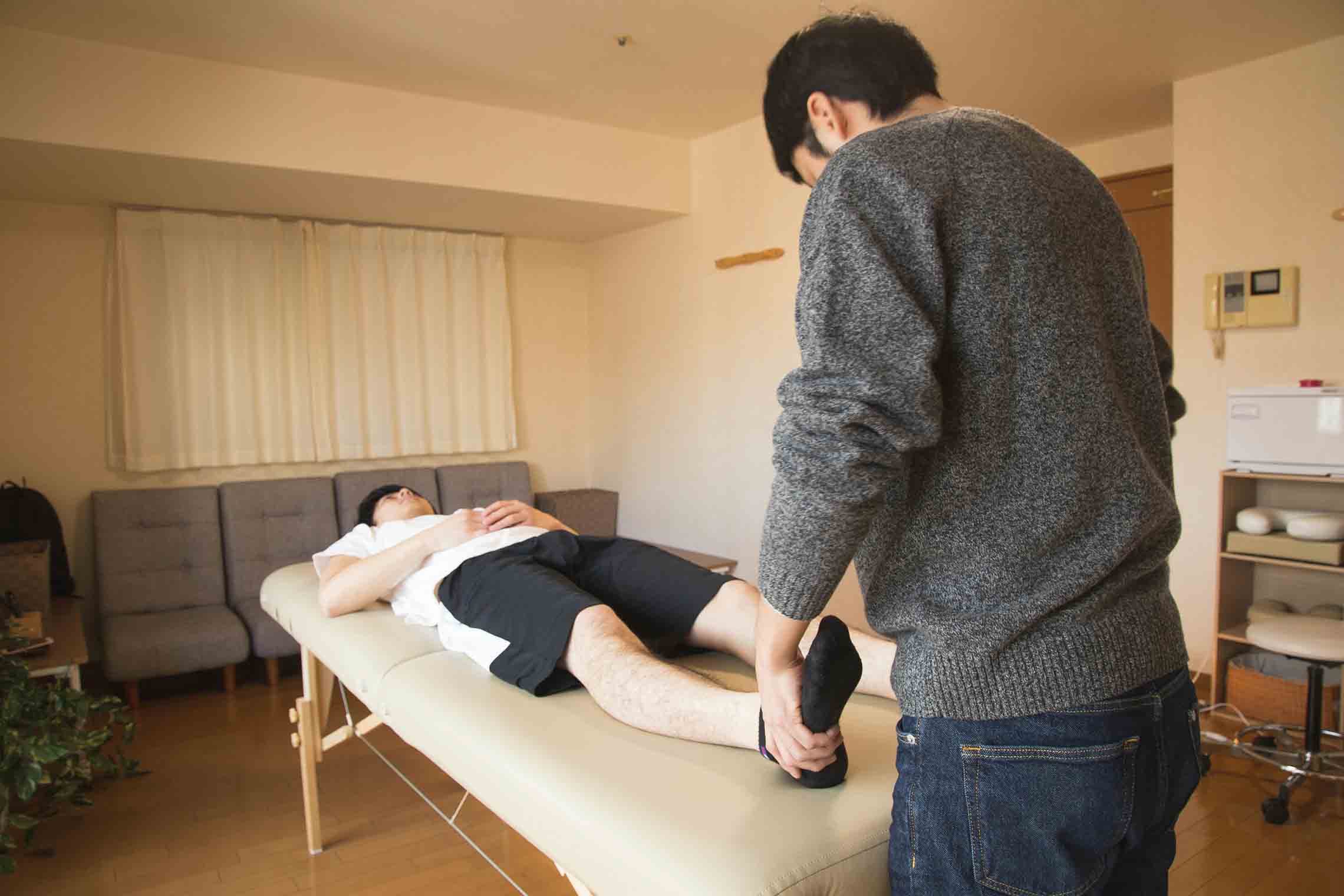
I think you now know the answer to the query, “Can foot massage help plantar fasciitis?” If you understand, then you are ready to experience the unbelievable advantages of a foot massage for yourself. Whether you are actively looking for a “foot massage for plantar fasciitis near me” or looking for ways to ease your pain, Gulshan Rose Spa Center in Dhaka, Bangladesh, is your go-to destination.
At Gulshan Rose Spa Center, specialize in offering rejuvenating foot massager services that will leave you feeling comfortable and renewed. In addition, they provide a game-changing solution for individuals struggling with plantar fasciitis. What makes it unique are as follows:
-
Support for rapid recovery
Gulshan Rose Spa Massage Center offers more than just a basic arch lift, in contrast to generic arch services. The process they use obtains the unique layout of your feet. The process also targets the underlying source of your discomfort. This may promote a quicker healing process.
-
Distribution pressure for immediate relief
Gulshan Rose Spa is crafted from high-quality materials that can effectively distribute pressure evenly. This can help to minimize the overload on your inflamed plantar fascia and offer immediate pain relief. It makes walking more comfortable for you.
-
Licensed and trained therapist
This spa center employs licensed and well-trained therapists. This enhances your foot massage experience.
-
Environment
The spa center has a relaxing environment, which makes it a popular choice and people can enjoy a good time.
-
Range of service
There are a wide variety of foot massage types you can get at an affordable price, such as reflexology, deep tissue massage, and aromatherapy.
So don’t miss the opportunity. Gulshan Rose Spa Center can assist you in achieving long-lasting pain alleviation and enhancing your overall well-being.
Final Thoughts
“Can foot massage help plantar fasciitis”? After reading this whole guide, hopefully, you understand. However, incorporating foot massage into your daily routine can be a simple but effective way to manage plantar heel pain. No matter whether you choose to use your hands or visit a spa center, you will receive benefits. Remember to apply the techniques mentioned above carefully and modify the intensity as necessary. Therefore, if you experience this pain, immediately start a foot massage. Also, experience the relief and healing you may want.
Frequently Asked Questions
What is the effective way to treat plantar fasciitis?
Of course, foot massage is the best way to treat plantar fasciitis. You can usually do it yourself at home or visit a spa. The therapist will lightly touch your feet and offer suggestions to alleviate stress.
What is a reflexology foot massage?
Typically, this therapy focuses on the feet and is a form of alternative medicine. It includes applying pressure to specific points on the foot to stimulate relaxation and healing.
Which products work best for treating plantar fasciitis?
Usually, products for the treatment of plantar fasciitis are widely available. These include insoles, inserts, heel pads, heel cups, footwear, custom orthotics, and splints.
How to prevent plantar fasciitis?
Preventing this pain is not easy; it may require a little bit of adjustment and a change in your lifestyle. These include doing stretches and exercises, losing weight, and choosing supportive shoes. In addition, you may want to ask your doctor if wearing inserts in your shoes would help.
Are electric foot massagers good for plantar fasciitis?
Yes. Your life can be more enjoyable with an electric foot massager for plantar fasciitis. Additionally, they aid in relieving tense calves, plantar heel pain, and discomfort from shoes and standing. Furthermore, while these electric treatments are beneficial, their effectiveness is contingent upon the severity of the underlying condition. Also, how is the massager used?
Which is the best foot massager for plantar fasciitis?
Usually, there are plenty of foot massagers on the market. But which is better primarily depends on personal preference. Some individuals may favour strong pressure, while others might opt for a more gentle method. Additionally, the cloud massage Shiatsu foot & calf massager earns the best overall recommendation in the market.

